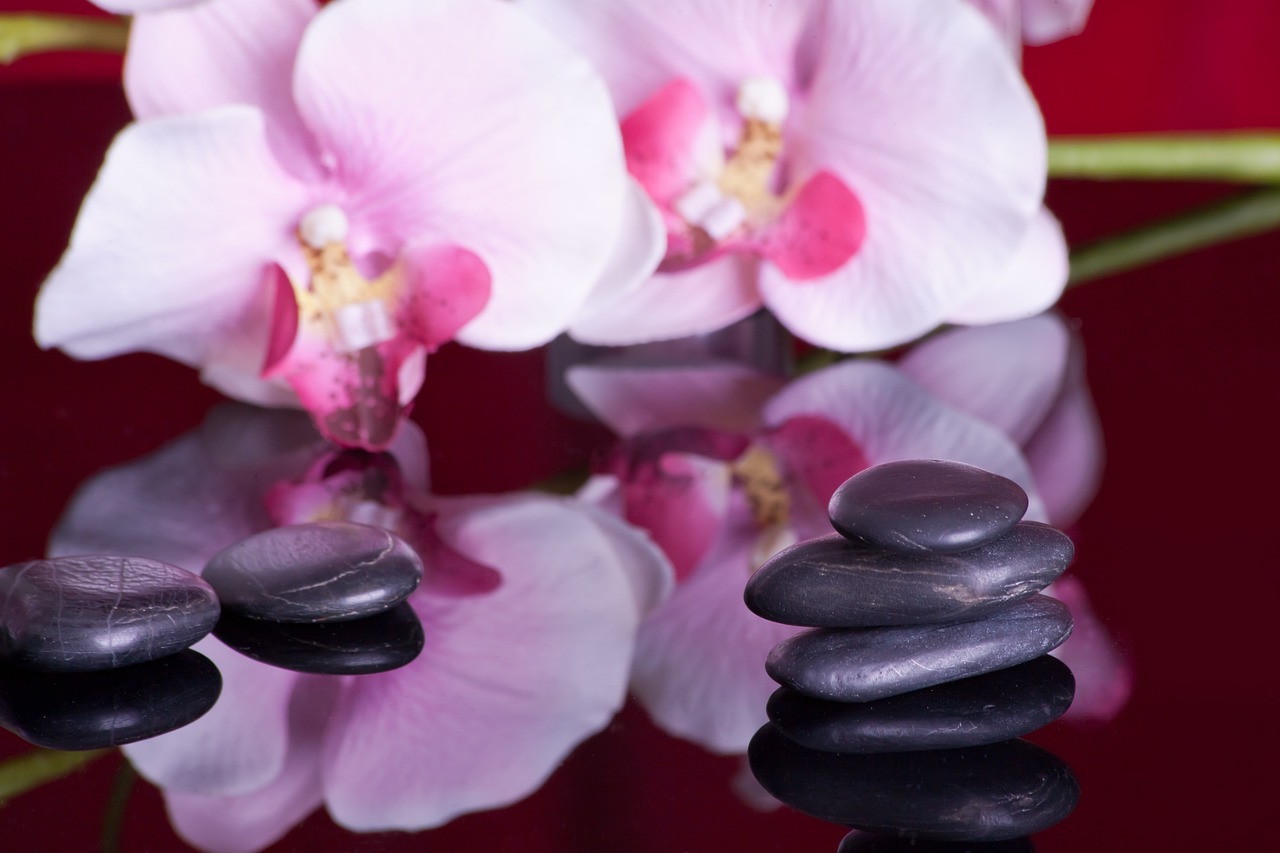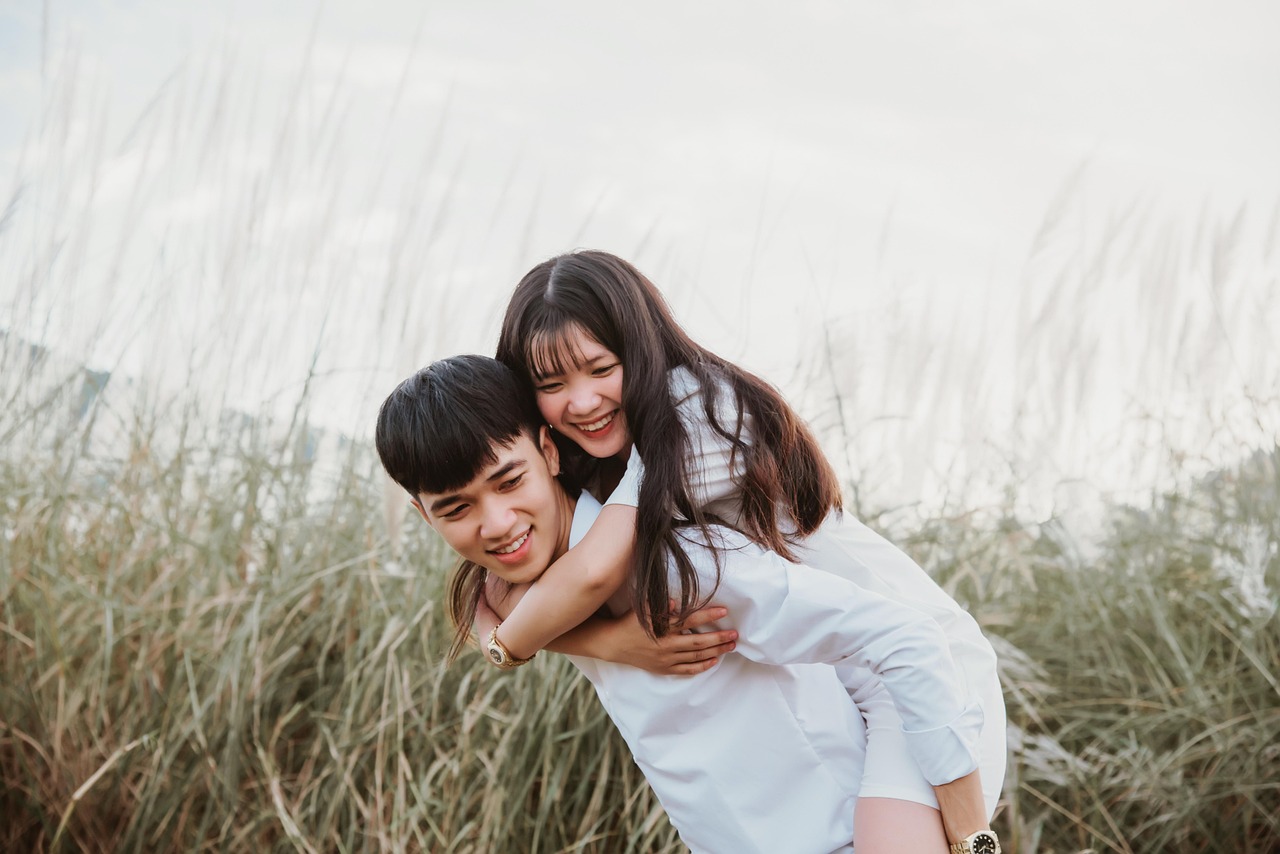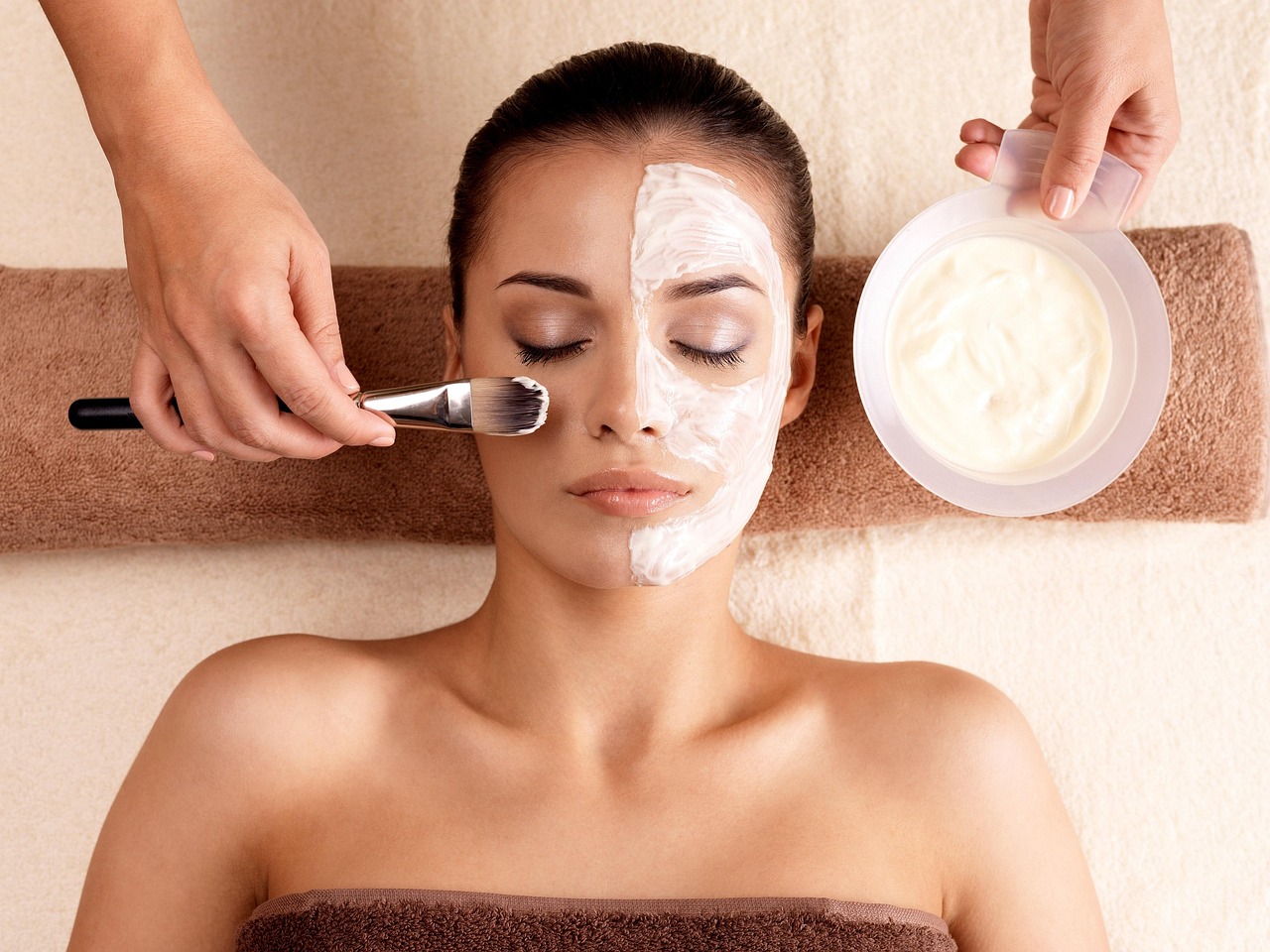Asian massage techniques have gained immense popularity worldwide, celebrated for their effectiveness in promoting wellness and relaxation. This article delves into the rich history, diverse styles, and numerous benefits associated with these ancient practices, shedding light on why they continue to thrive in modern wellness culture.
Understanding Asian Massage Techniques
Asian massage encompasses a wide array of practices, each rooted in unique cultural philosophies. Techniques such as Shiatsu, Tui Na, and Thai massage offer distinct approaches to healing, often intertwining physical and spiritual elements. Their cultural significance is profound, as they reflect centuries of tradition and understanding of the human body.
The Historical Roots of Asian Massage
Many Asian massage techniques trace their origins back thousands of years. For instance, Traditional Chinese Medicine (TCM) incorporates massage as a vital component of health and wellness. The evolution of these practices showcases how ancient wisdom has shaped contemporary therapeutic methods.
Traditional Chinese Medicine and Massage
In TCM, the concept of Qi (energy) and the meridian system are fundamental. Massage techniques derived from TCM, such as acupressure, focus on stimulating specific points to restore balance and promote healing.
Acupressure: The Art of Pressure Points
Acupressure is a notable technique that involves applying pressure to key points on the body. This method can effectively alleviate pain, enhance circulation, and promote relaxation.
Tui Na: Therapeutic Touch
Tui Na is a hands-on therapy that combines massage with acupressure. It is particularly effective for addressing musculoskeletal issues and enhancing overall well-being.
A Overview of Thai Massage Techniques
Thai massage is distinguished by its unique blend of stretching and acupressure. This holistic practice not only improves flexibility but also revitalizes energy flow throughout the body.
The Benefits of Asian Massage Techniques
Asian massage techniques offer a plethora of health benefits, ranging from physical to mental and emotional advantages. Regular practice can lead to improved circulation, reduced muscle tension, and enhanced mental clarity.
Physical Benefits of Asian Massage
- Pain relief
- Improved circulation
- Enhanced flexibility
Mental and Emotional Well-Being
These techniques also foster mental health, promoting relaxation and reducing stress levels. Many practitioners report heightened emotional balance and overall well-being.
Popular Asian Massage Techniques Explained
Among the most popular techniques are Shiatsu and Ayurvedic massage, each offering unique approaches to healing and relaxation.
Shiatsu: The Japanese Healing Art
Shiatsu emphasizes pressure and stretching, utilizing the body’s natural energy pathways to achieve therapeutic effects.
Ayurvedic Massage: Balancing Energy
Rooted in ancient Indian traditions, Ayurvedic massage focuses on balancing the body’s energies through specific techniques and oils, aiming for holistic health.
How to Choose the Right Asian Massage Technique
Selecting the appropriate technique can be daunting. It is essential to assess individual needs and preferences to find the most suitable approach.
Assessing Your Needs
Understanding personal wellness goals is crucial. Consider what aspects of health you wish to improve—whether physical, mental, or emotional.
Consulting with Professionals
Working with a qualified massage therapist can greatly enhance the experience. Professionals can tailor treatments to meet individual requirements, ensuring the best possible outcomes.
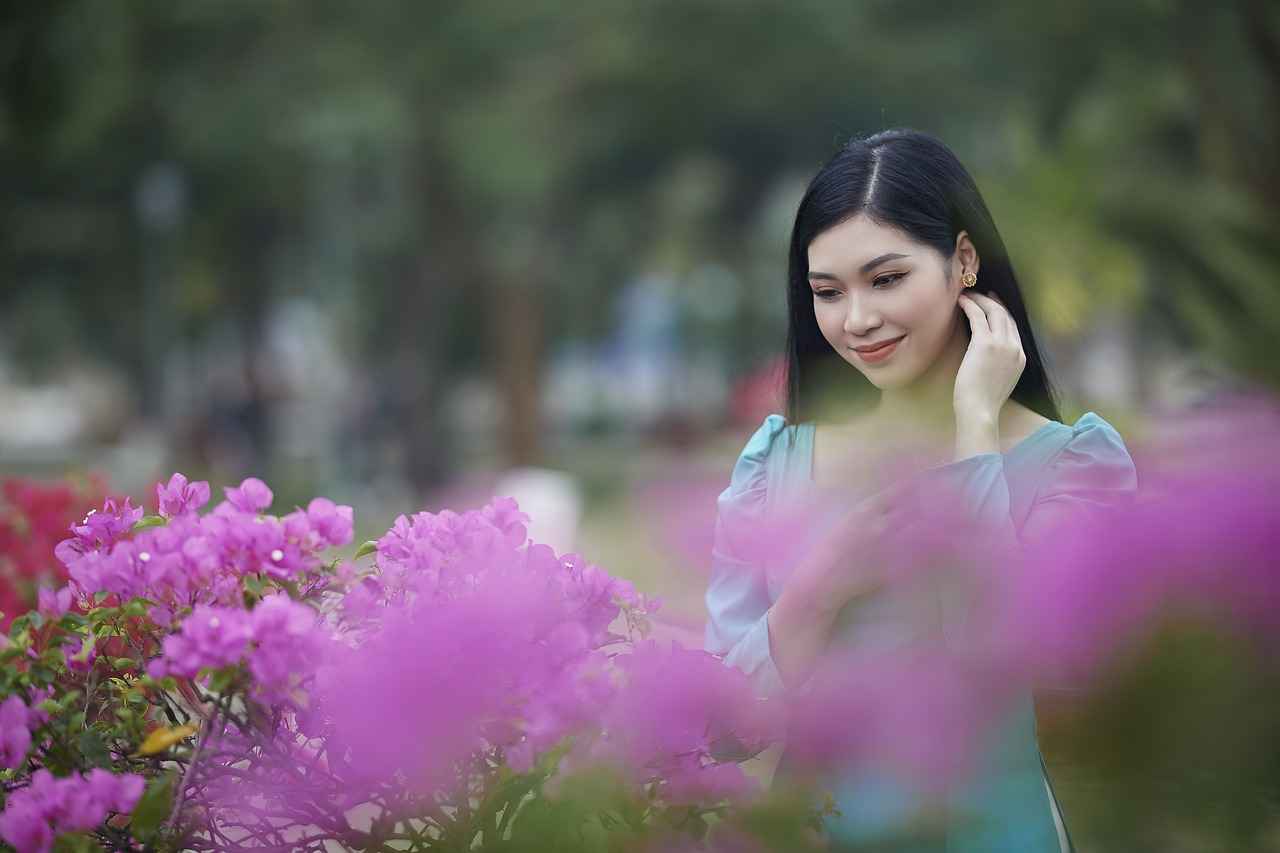
Understanding Asian Massage Techniques
Asian massage techniques are a fascinating blend of tradition, philosophy, and therapeutic practices. Each method is deeply rooted in the cultural heritage of its origin, offering unique benefits that cater to the physical, mental, and emotional well-being of individuals. This section delves into some of the most popular techniques, highlighting their distinct approaches and cultural significance.
- Shiatsu: Originating from Japan, Shiatsu translates to “finger pressure.” This technique utilizes the principles of Traditional Chinese Medicine, focusing on the body’s energy pathways, or meridians. Practitioners apply pressure to specific points, promoting relaxation and relieving tension.
- Tui Na: A form of Chinese therapeutic massage, Tui Na combines acupressure, stretching, and rhythmic manipulation. It is often used in conjunction with acupuncture and herbal medicine, addressing various health issues, from musculoskeletal pain to stress relief.
- Thai Massage: Known for its dynamic and holistic approach, Thai massage incorporates yoga-like stretching and acupressure. This technique not only enhances flexibility but also energizes the body, making it a favorite among those seeking an invigorating experience.
- Ayurvedic Massage: Rooted in ancient Indian traditions, Ayurvedic massage emphasizes balancing the body’s energies, or doshas. Using warm herbal oils, this technique aims to detoxify and rejuvenate, promoting overall health and vitality.
- Hot Stone Massage: This technique involves the use of heated stones placed on specific points of the body. The heat helps to relax muscles, allowing for deeper tissue manipulation and improved circulation.
Each of these techniques offers a unique perspective on wellness, emphasizing the importance of aligning the body, mind, and spirit. By understanding the cultural significance and methodologies behind these practices, individuals can make informed choices about which massage technique best suits their needs.
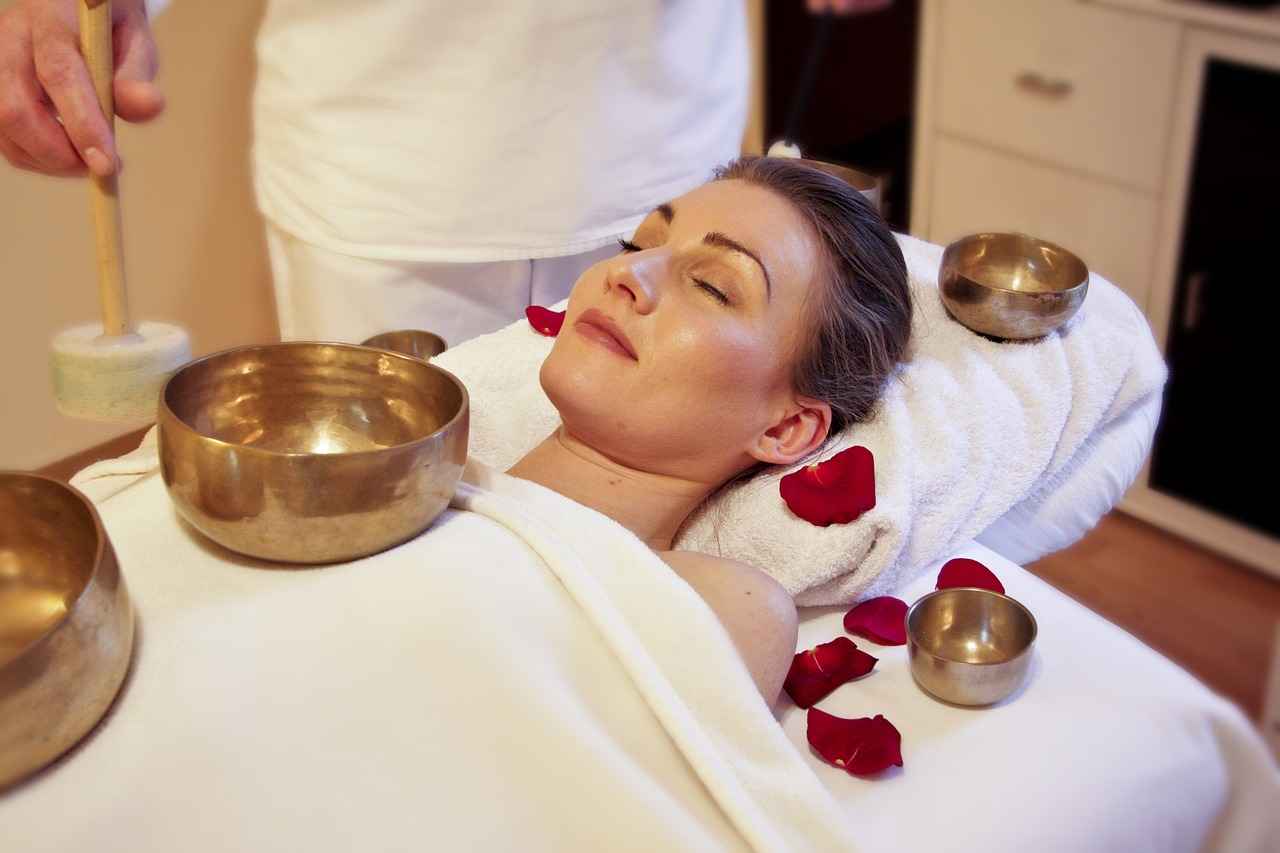
The Historical Roots of Asian Massage
Asian massage techniques are deeply intertwined with the cultural and historical narratives of the regions from which they originate. These practices have not only stood the test of time but have also adapted over centuries, reflecting the evolving understanding of health and wellness. In this section, we delve into the historical roots of Asian massage, exploring how ancient traditions have shaped modern practices.
Many of the techniques we recognize today can be traced back to ancient civilizations. For instance, Traditional Chinese Medicine (TCM) has a rich history that dates back thousands of years. It emphasizes the balance of Qi (vital energy) and the importance of the meridian system, which has influenced various forms of massage, including Tui Na and acupressure. These methods were initially developed to restore balance and promote healing within the body, illustrating the holistic approach that characterizes many Asian therapies.
In addition to TCM, the ancient practices of India have significantly contributed to the evolution of massage techniques. Ayurvedic massage, for example, is rooted in the principles of Ayurveda, a system of medicine that focuses on balancing the body’s energies. This practice utilizes specific oils and techniques designed to harmonize the mind, body, and spirit, showcasing the intricate relationship between physical health and emotional well-being.
Moreover, the influence of Buddhism and its teachings on mindfulness and body awareness has permeated various Asian massage techniques, particularly in Thailand. Thai massage combines acupressure with yoga-like stretches, promoting flexibility and relaxation. This integration of spiritual and physical practices highlights how cultural beliefs shape therapeutic approaches.
As we examine these historical roots, it becomes evident that Asian massage techniques are not merely physical treatments; they are a reflection of the cultural values and healing philosophies of their time. Understanding this evolution enriches our appreciation for these practices and their relevance in modern wellness.
Traditional Chinese Medicine and Massage
In the realm of Traditional Chinese Medicine (TCM), massage is not merely a technique but a vital component of holistic health practices. This ancient system is deeply rooted in the understanding of Qi (or life force) and the intricate network of meridians that traverse the body. These concepts form the foundation for various massage techniques that aim to restore balance and promote well-being.
TCM posits that Qi flows through the body along specific pathways known as meridians. When this flow is disrupted, it can lead to physical and emotional ailments. Massage techniques in TCM, such as Tui Na and Acupressure, are designed to manipulate the body’s energy, facilitating the smooth flow of Qi. By applying pressure to specific points or using rhythmic strokes, practitioners aim to release blockages and enhance overall health.
One of the most significant aspects of TCM massage is its personalized approach. Each individual’s energy flow is unique, and TCM practitioners assess a person’s condition through various methods, including pulse and tongue diagnosis. This assessment informs the choice of massage techniques and the areas of focus, ensuring a tailored experience that addresses specific health concerns.
Furthermore, TCM emphasizes the importance of the body-mind connection. Massage is not only seen as a physical treatment but also as a means to enhance mental and emotional well-being. Techniques used in TCM massage can help alleviate stress, reduce anxiety, and promote relaxation, making it a comprehensive approach to health.
In summary, the integration of TCM principles into massage therapy underscores its effectiveness. By understanding and harnessing the flow of Qi through various techniques, TCM massage offers a profound way to promote healing and balance within the body.
Acupressure: The Art of Pressure Points
Acupressure is a time-honored technique deeply rooted in Asian massage practices, particularly within Traditional Chinese Medicine. This method focuses on the application of pressure to specific points on the body, known as acupoints, which correspond to various organs and systems. By stimulating these pressure points, acupressure aims to alleviate pain, enhance relaxation, and promote overall healing.
The fundamental principle behind acupressure is the concept of Qi (or Chi), the vital life force that flows through the body along pathways called meridians. Blockages or imbalances in this flow can lead to physical and emotional ailments. By applying pressure to acupoints, practitioners seek to restore harmony and facilitate the smooth flow of Qi, thereby addressing a wide range of health issues.
| Benefits of Acupressure | Description |
|---|---|
| Pain Relief | Effective in reducing chronic pain, headaches, and muscle tension. |
| Stress Reduction | Promotes relaxation and helps alleviate anxiety and stress. |
| Improved Circulation | Enhances blood flow, which can aid in healing and recovery. |
| Boosted Immune Function | May improve immune response and overall health. |
Acupressure can be performed by trained practitioners or can be self-administered, making it accessible to many individuals. Simple techniques can be learned to target common ailments like tension headaches or digestive issues. For instance, applying pressure to the LI4 point, located between the thumb and index finger, is known to alleviate headaches and reduce stress.
Incorporating acupressure into your wellness routine can lead to significant improvements in both physical and emotional health. As more people seek natural and holistic approaches to health care, the popularity of acupressure continues to grow, making it a valuable tool for enhancing well-being.
Tui Na: Therapeutic Touch
Tui Na is a traditional Chinese therapeutic technique that combines the principles of acupressure and massage to promote healing and well-being. This hands-on therapy is not only a form of physical manipulation but also a holistic approach that addresses both the body and mind. In this section, we will delve into the various techniques used in Tui Na and explore how they effectively target specific health concerns.
The practice of Tui Na involves a variety of techniques, including kneading, rolling, pressing, and stretching. Each technique is designed to stimulate the flow of Qi (vital energy) throughout the body, helping to balance energy levels and alleviate discomfort. Tui Na practitioners use their hands, fingers, and even elbows to apply pressure to specific points along the body’s meridian system, which is integral to Traditional Chinese Medicine.
- Relieving Pain: Tui Na is particularly effective in treating musculoskeletal pain, including back pain, neck stiffness, and joint discomfort.
- Improving Circulation: The techniques used in Tui Na enhance blood flow, which can aid in recovery from injuries and promote overall health.
- Reducing Stress: By promoting relaxation and reducing tension, Tui Na can help alleviate mental stress and anxiety.
- Enhancing Mobility: The stretching techniques incorporated in Tui Na can improve flexibility and range of motion.
Additionally, Tui Na is often used in conjunction with other therapies, such as acupuncture and herbal medicine, to provide a comprehensive approach to health. This integrative method ensures that patients receive well-rounded care tailored to their individual needs.
In summary, Tui Na is a powerful therapeutic touch that not only addresses physical ailments but also nurtures emotional and mental well-being. Its effectiveness in treating a wide range of health concerns makes it a valuable component of holistic health practices.
A Overview of Thai Massage Techniques
Thai massage is a unique and ancient practice that has gained popularity worldwide due to its holistic approach to wellness. Unlike traditional Western massage, which often focuses on relaxation and muscle relief, Thai massage combines elements of stretching and acupressure to create a deeply therapeutic experience. This section delves into the philosophy behind Thai massage and explores its numerous physical benefits.
At the heart of Thai massage lies the belief in the body’s energy lines, known as Sen lines. These lines are thought to facilitate the flow of life energy, or prana, throughout the body. The practice emphasizes the interconnectedness of body, mind, and spirit, aiming to restore balance and harmony. The techniques used in Thai massage are designed to stimulate these energy lines, promoting overall well-being.
One of the most distinctive features of Thai massage is its incorporation of yoga-like stretches. Practitioners use their hands, feet, and even elbows to apply pressure while guiding the recipient through a series of stretches. This not only enhances flexibility but also improves circulation and relieves muscle tension. The combination of acupressure and stretching helps to release blockages in the energy lines, allowing for a greater flow of energy and promoting healing.
Additionally, Thai massage has been shown to provide a range of physical benefits. Regular sessions can lead to improved posture, reduced pain in the back and joints, and enhanced mobility. Furthermore, the deep relaxation achieved during a session can help to alleviate stress and anxiety, contributing to better mental health.
In summary, Thai massage is a powerful practice that integrates stretching and acupressure to promote physical and emotional well-being. By understanding its underlying philosophy and benefits, individuals can appreciate the profound impact that this ancient technique can have on their health and quality of life.
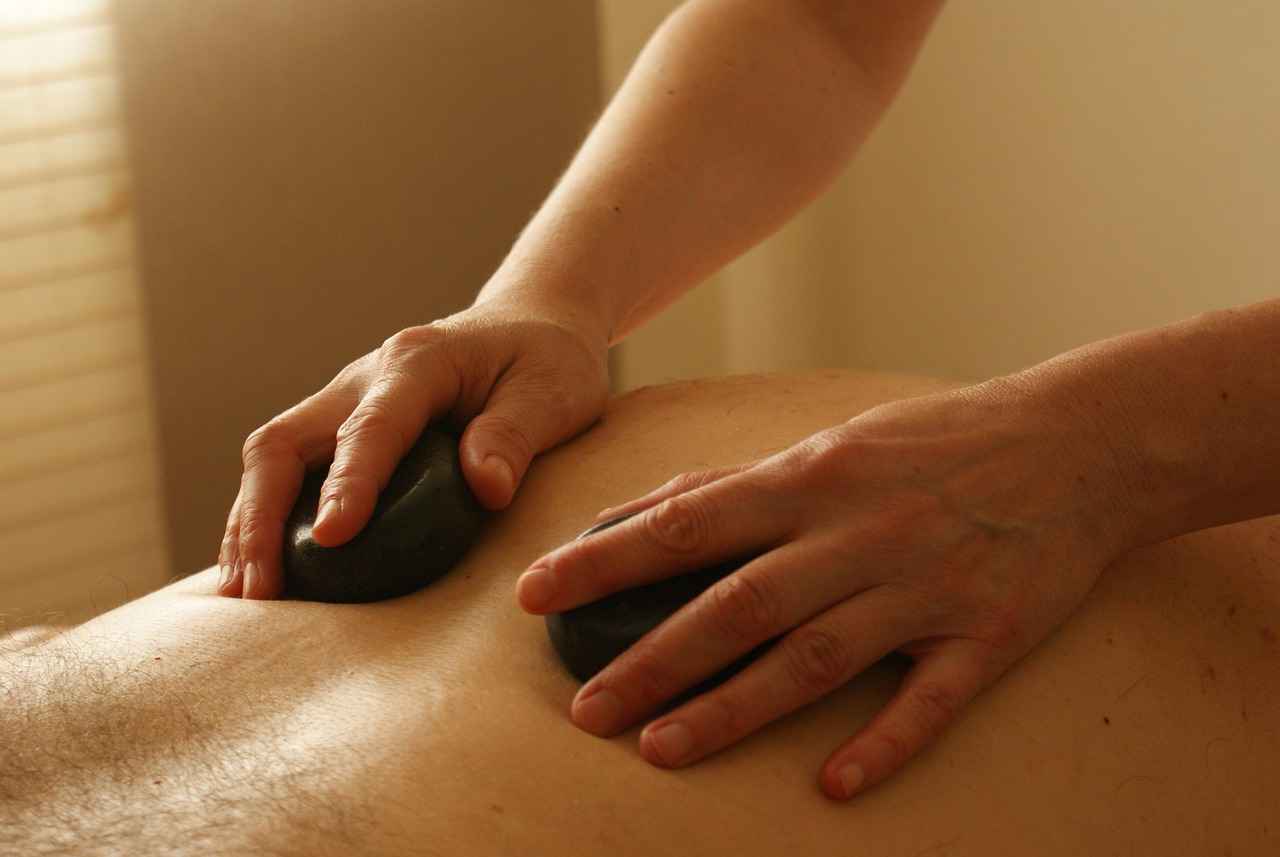
The Benefits of Asian Massage Techniques
Asian massage techniques are renowned for their profound health benefits, which span across physical, mental, and emotional domains. These ancient practices are not merely about relaxation; they serve as a holistic approach to wellness, integrating various methods that have been refined over centuries.
Physical Benefits: One of the most significant advantages of Asian massage is its ability to alleviate physical discomfort. Techniques such as acupressure and Tui Na focus on manipulating the body’s energy flow, which can lead to:
- Pain Relief: Targeted pressure on specific points can relieve chronic pain and tension.
- Improved Circulation: Massaging muscles and tissues enhances blood flow, promoting better overall health.
- Enhanced Flexibility: Stretching techniques, particularly in Thai massage, increase muscle elasticity and joint mobility.
Mental and Emotional Well-Being: Beyond physical advantages, Asian massage techniques significantly impact mental health. Regular sessions can:
- Reduce Stress: The calming effects of massage help lower cortisol levels, alleviating anxiety and promoting relaxation.
- Enhance Mood: The release of endorphins during massage can uplift spirits and improve overall emotional health.
- Promote Mindfulness: Engaging in these practices encourages individuals to connect with their bodies, fostering a sense of presence and awareness.
Incorporating Asian massage techniques into your wellness routine can lead to a more balanced and harmonious lifestyle. Whether you seek relief from physical ailments or wish to enhance your mental clarity, these ancient practices offer a comprehensive pathway to improved health.
Physical Benefits of Asian Massage
Asian massage techniques are renowned for their profound impact on physical health, providing a myriad of benefits that go beyond mere relaxation. Practitioners often report significant improvements in their overall well-being, making these techniques an integral part of holistic health practices.
- Pain Relief: One of the most immediate benefits of Asian massage is its ability to alleviate pain. Techniques like acupressure target specific points in the body, releasing tension and reducing discomfort associated with conditions such as chronic back pain, migraines, and muscle soreness.
- Improved Circulation: Many Asian massage styles, including Tui Na and Shiatsu, emphasize rhythmic movements that stimulate blood flow. Enhanced circulation can lead to better oxygen delivery to tissues, promoting faster healing and overall vitality.
- Increased Flexibility: Techniques such as Thai massage incorporate stretching and yoga-like movements that enhance flexibility. This can be particularly beneficial for athletes or individuals with sedentary lifestyles, as it helps maintain joint health and reduces the risk of injury.
- Enhanced Immune Function: Regular massage has been shown to boost the immune system by increasing the activity of natural killer cells, which are crucial for fighting off infections. This immune support is essential for maintaining long-term health.
- Stress Reduction: The calming effects of Asian massage techniques contribute to lower levels of cortisol, the stress hormone. This reduction in stress not only improves mental clarity but also has positive repercussions on physical health, such as lower blood pressure and reduced muscle tension.
In summary, the physical benefits of Asian massage techniques are extensive and well-documented. From alleviating pain to enhancing circulation and flexibility, these practices offer a holistic approach to physical well-being that many find indispensable in their wellness journeys.
Mental and Emotional Well-Being
Asian massage techniques are not just about physical relief; they play a significant role in enhancing . This section delves into how these ancient practices foster relaxation, alleviate stress, and contribute to overall emotional health.
One of the primary benefits of Asian massage is its ability to promote deep relaxation. Techniques such as Shiatsu and Tui Na focus on pressure points and gentle manipulation, allowing the body to release tension and enter a state of calm. By engaging in these practices, individuals often report a decrease in anxiety levels and an improved sense of peace.
Moreover, the rhythmic movements and mindful breathing associated with many Asian massage techniques can significantly reduce stress. When the body is relaxed, the mind follows suit, leading to a reduction in the production of stress hormones like cortisol. This physiological response not only enhances mood but also helps individuals cope more effectively with daily challenges.
Additionally, these massage techniques can enhance emotional well-being by fostering a greater connection between the mind and body. As practitioners become more attuned to their physical sensations, they often find it easier to navigate their emotions. This heightened awareness can lead to improved self-esteem and a more positive outlook on life.
Furthermore, Asian massage techniques often incorporate elements of mindfulness, encouraging individuals to focus on the present moment. This practice can be particularly beneficial for those struggling with racing thoughts or feelings of overwhelm. By centering attention on the sensations experienced during a massage, individuals can cultivate a sense of inner peace and clarity.
In summary, the mental and emotional benefits of Asian massage techniques are profound. By promoting relaxation, reducing stress, and enhancing emotional awareness, these practices can significantly contribute to an individual’s overall mental health and well-being.

Popular Asian Massage Techniques Explained
Asian massage techniques have gained immense popularity worldwide due to their holistic approaches and therapeutic benefits. This section provides an in-depth look at some of the most prominent techniques, including Shiatsu, Ayurvedic massage, and others, highlighting their unique methodologies and advantages.
Shiatsu is a traditional Japanese massage technique that focuses on applying pressure to specific points on the body, known as acupressure points. Practitioners use their fingers, palms, and even elbows to exert pressure, promoting the flow of Qi (energy) throughout the body. This technique is not only effective for relieving muscle tension but also aids in alleviating stress and improving overall well-being. Shiatsu sessions often incorporate stretching and joint mobilization, enhancing flexibility and promoting relaxation.
Ayurvedic massage stems from ancient Indian healing traditions and focuses on harmonizing the body’s energies, or doshas. This technique utilizes warm oils infused with herbs tailored to the individual’s body type, promoting deep relaxation and detoxification. The rhythmic strokes and gentle movements help to stimulate circulation and rejuvenate the skin. Additionally, Ayurvedic massage is believed to enhance mental clarity and emotional stability, making it a holistic approach to health.
Tui Na is a hands-on therapy that combines acupressure and massage techniques. Originating from Traditional Chinese Medicine, Tui Na focuses on manipulating the body’s energy pathways to relieve pain and promote healing. This technique is particularly effective for addressing musculoskeletal issues and enhancing the body’s natural healing processes. Practitioners often tailor treatments to the individual’s specific health concerns, making it a versatile option for many.
Thai massage is renowned for its unique combination of stretching and acupressure. This technique involves a series of yoga-like stretches and deep pressure applied to energy lines in the body. Thai massage not only improves flexibility and range of motion but also enhances circulation and relieves muscle tension. The interactive nature of this massage encourages a deep connection between the practitioner and the recipient, fostering a sense of balance and harmony.
Each of these techniques offers a variety of benefits, from physical relief to emotional support. Incorporating Asian massage into your wellness routine can lead to improved health outcomes and a greater sense of well-being.
Shiatsu: The Japanese Healing Art
Shiatsu is a traditional Japanese massage technique that integrates elements of pressure and stretching to promote holistic wellness. This form of therapy is deeply rooted in the principles of Traditional Chinese Medicine (TCM), emphasizing the balance of energy, or Qi, within the body. Shiatsu practitioners use their fingers, palms, and thumbs to apply pressure to specific points along the body’s meridians, aiming to alleviate tension and restore harmony.
One of the defining characteristics of Shiatsu is its focus on acupressure. By stimulating various pressure points, practitioners can help relieve pain, improve circulation, and enhance overall vitality. Each session typically begins with a consultation, allowing the therapist to understand the client’s unique needs and areas of discomfort. This personalized approach ensures that the treatment is tailored to address specific health concerns.
In addition to physical benefits, Shiatsu also offers significant mental and emotional advantages. The rhythmic application of pressure combined with gentle stretching can induce a deep state of relaxation, helping to alleviate stress and anxiety. Many clients report feeling a profound sense of peace and well-being following a session, contributing to improved mental clarity and emotional stability.
| Benefits of Shiatsu | Description |
|---|---|
| Pain Relief | Effective in alleviating chronic pain conditions such as back pain, headaches, and joint discomfort. |
| Improved Circulation | Enhances blood flow, promoting better oxygen and nutrient delivery to tissues. |
| Stress Reduction | Induces relaxation, helping to lower cortisol levels and alleviate anxiety. |
| Enhanced Flexibility | Incorporates stretching techniques that improve overall flexibility and range of motion. |
Overall, Shiatsu is not just a form of massage; it is a comprehensive healing art that supports physical, mental, and emotional health. By harmonizing the body’s energy and addressing specific health issues, Shiatsu practitioners provide a unique and beneficial experience that resonates deeply with those seeking holistic wellness.
Ayurvedic Massage: Balancing Energy
Ayurvedic massage is an ancient practice that originates from the rich traditions of India, focusing on the holistic well-being of individuals. This form of massage is not just a physical treatment; it embodies a comprehensive approach to health that emphasizes the balance of mind, body, and spirit. By utilizing specific techniques and natural oils, Ayurvedic massage seeks to harmonize the body’s energies, known as doshas, which are vital for maintaining overall health.
At the core of Ayurvedic philosophy is the belief that every individual is unique, and therefore, their treatment should be personalized. This massage technique employs a variety of strokes and pressure, tailored to the individual’s specific dosha—Vata, Pitta, or Kapha. These doshas represent different energy patterns, and understanding them is crucial for effective treatment.
- Vata: Associated with air and space, individuals with a dominant Vata dosha may benefit from calming techniques that incorporate warm oils and gentle strokes.
- Pitta: Linked to fire and water, Pitta individuals often require cooling techniques that help soothe inflammation and promote relaxation.
- Kapha: Earth and water elements characterize Kapha. This dosha typically requires invigorating techniques to stimulate energy and reduce lethargy.
In Ayurvedic massage, natural oils infused with herbs play a pivotal role. These oils are chosen based on their therapeutic properties, enhancing the overall experience. For instance, sesame oil is often used for its warming qualities, while coconut oil may be preferred for its cooling effects. The application of these oils not only nourishes the skin but also helps in detoxification and rejuvenation.
Moreover, Ayurvedic massage is often complemented by the practice of mindfulness and breath control, further enhancing its benefits. Clients are encouraged to engage in deep breathing during the massage, which helps to center their thoughts and promote a state of relaxation.
Ultimately, Ayurvedic massage is about restoring balance and promoting health through a deep understanding of individual needs. By embracing this ancient practice, individuals can experience a profound sense of well-being and rejuvenation.
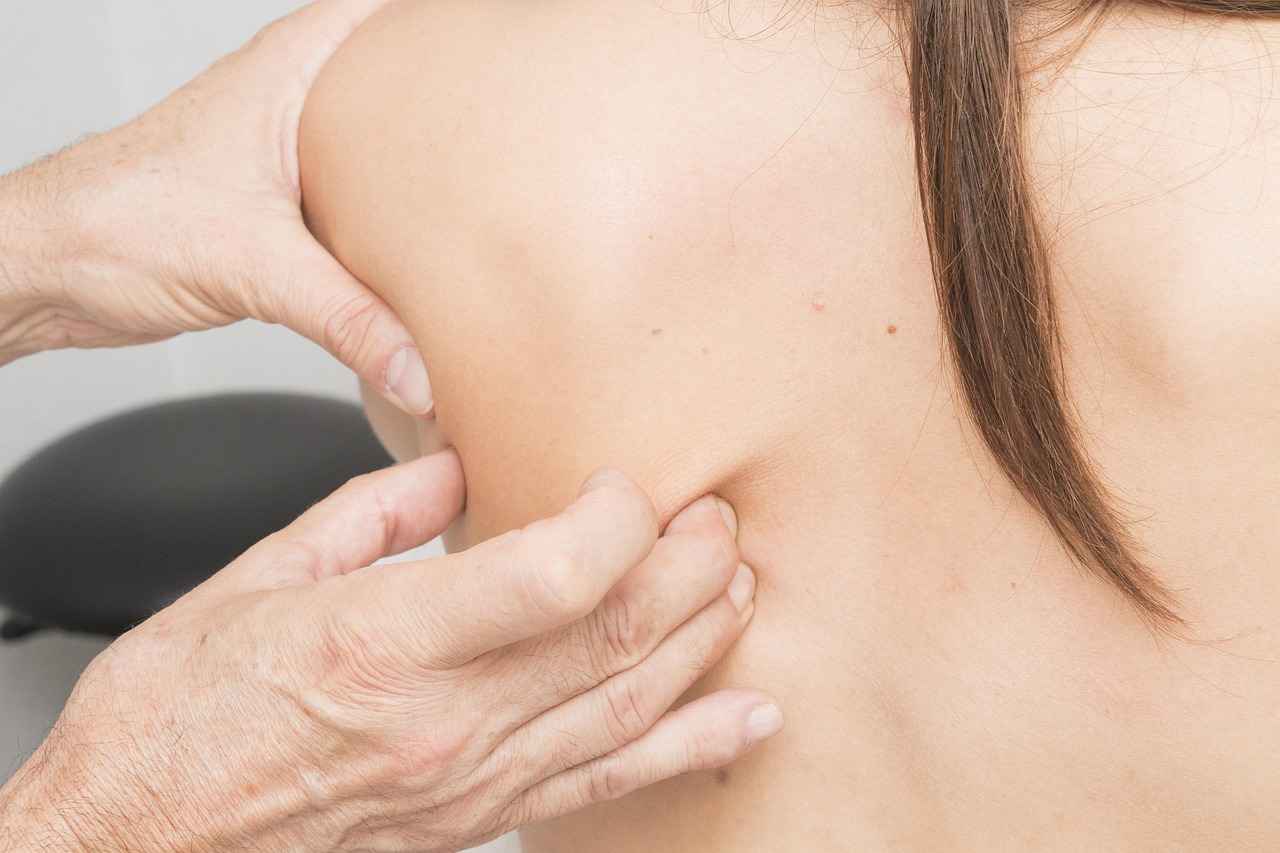
How to Choose the Right Asian Massage Technique
Choosing the right Asian massage technique can be a daunting task due to the multitude of options available. Each technique is rooted in unique cultural philosophies and offers distinct benefits. To make an informed decision, it is essential to consider your personal needs and preferences.
Identifying Your Goals
Before selecting a massage technique, take a moment to assess what you hope to achieve. Are you seeking relaxation, pain relief, or perhaps a boost in energy? Understanding your wellness goals will guide you in choosing the most suitable technique. For instance, if stress relief is your priority, techniques like Shiatsu or Thai massage may be beneficial, as they focus on relaxation and tension release.
Considering Your Physical Condition
Your physical health plays a significant role in determining the right massage technique. If you have chronic pain or specific health issues, consult with a healthcare provider or a qualified massage therapist. They can recommend techniques, such as Tui Na for muscle tension or Acupressure for pain management, tailored to your condition.
Exploring Different Techniques
- Shiatsu: A Japanese technique that uses finger pressure on specific points to promote healing.
- Thai Massage: Combines stretching and acupressure, ideal for improving flexibility.
- Ayurvedic Massage: Focuses on balancing the body’s energies using herbal oils.
Consulting Professionals
Engaging with a qualified massage therapist can enhance your experience significantly. They can assess your needs, explain the various techniques, and provide personalized recommendations. This professional insight is invaluable in ensuring that you receive the most effective treatment tailored to your individual requirements.
By taking the time to evaluate your needs and consulting with professionals, you can confidently choose the right Asian massage technique that aligns with your wellness journey.
Assessing Your Needs
When it comes to personal wellness, understanding your unique needs is a crucial first step. The journey to finding the most suitable massage technique begins with a thorough assessment of both your physical and emotional requirements. This process not only helps in selecting the right type of massage but also enhances the overall therapeutic experience.
To effectively assess your needs, consider the following key aspects:
- Physical Condition: Evaluate any existing physical ailments or discomforts. Are you dealing with chronic pain, muscle tension, or postural issues? Recognizing these factors can guide you towards techniques that specifically target your concerns, such as deep tissue massage for muscle pain or Swedish massage for relaxation.
- Emotional State: Your emotional well-being plays a significant role in your overall health. Are you feeling stressed, anxious, or overwhelmed? Techniques like Shiatsu or Thai massage may help alleviate emotional stress by promoting relaxation and balance.
- Personal Preferences: Reflect on your preferences regarding pressure levels, the environment, and the overall experience. Some individuals prefer a gentle touch, while others may benefit from firmer techniques. Understanding what feels best for you is essential.
- Goals for Wellness: Define what you hope to achieve through massage therapy. Are you looking for pain relief, stress reduction, or increased flexibility? Setting clear wellness goals will help you and your therapist tailor the massage experience to meet your needs.
Once you have assessed these areas, consulting with a qualified massage therapist can provide additional insights. They can help interpret your needs and suggest the most effective techniques based on their expertise. This collaborative approach ensures that your massage therapy aligns with your personal wellness journey, ultimately leading to a more fulfilling experience.
Consulting with Professionals
When it comes to experiencing the full benefits of Asian massage techniques, consulting with qualified massage therapists is essential. These professionals possess the knowledge and expertise necessary to tailor treatments specifically to your individual needs. By working closely with a therapist, you can ensure that the techniques applied are not only effective but also safe and comfortable for you.
One of the primary advantages of seeking professional guidance is the ability to assess your unique physical and emotional requirements. Each person has different health concerns, stress levels, and wellness goals. A skilled therapist will take the time to evaluate these factors, allowing them to recommend the most suitable massage style, whether it be Shiatsu, Thai, or Ayurvedic massage.
Moreover, a professional therapist can help you understand the cultural significance behind various Asian massage techniques. This understanding can enhance your overall experience, making it not just a physical treatment but also a journey into the rich traditions and philosophies that inform these practices. For example, understanding the principles of Qi in Traditional Chinese Medicine can deepen your appreciation for the techniques used in your session.
Furthermore, the expertise of a qualified therapist means they can adjust techniques in real-time based on your feedback. This responsiveness is crucial for maximizing comfort and effectiveness. Whether you prefer deep tissue manipulation or gentle stretching, a professional can modify their approach to suit your preferences.
In summary, consulting with a qualified massage therapist is not merely an option; it is a vital step in enhancing your massage experience. By leveraging their expertise, you can enjoy personalized treatments that cater to your specific needs, ensuring a holistic approach to your wellness journey.
Frequently Asked Questions
- What are the main benefits of Asian massage techniques?
Asian massage techniques offer a plethora of benefits, including pain relief, improved circulation, and enhanced mental well-being. They help to reduce stress, promote relaxation, and can even boost your overall energy levels, making them a fantastic addition to any wellness routine.
- How do I choose the right Asian massage technique for me?
Choosing the right Asian massage technique depends on your personal wellness goals and preferences. Consider what you want to achieve—be it relaxation, pain relief, or energy balancing. Consulting with a qualified massage therapist can also provide valuable insights tailored to your individual needs.
- Are Asian massage techniques safe for everyone?
While most Asian massage techniques are safe for the general population, it’s essential to consider individual health conditions. If you have specific concerns or medical conditions, it’s best to consult a healthcare professional before trying a new massage technique.
- How often should I get an Asian massage?
The frequency of Asian massages can vary based on personal needs and lifestyle. Some people benefit from weekly sessions, while others may find monthly treatments sufficient. It’s all about what feels best for your body and mind!
- Can Asian massage techniques help with stress relief?
Absolutely! Asian massage techniques are renowned for their stress-relieving properties. By promoting relaxation and improving circulation, these massages can help you unwind and reset, making them a perfect remedy for a hectic lifestyle.
